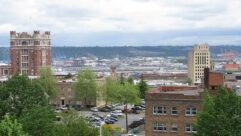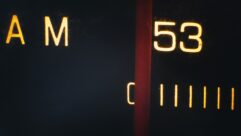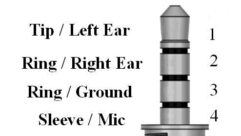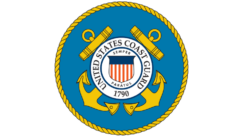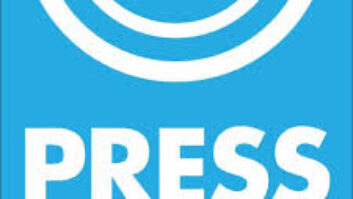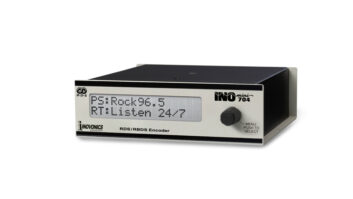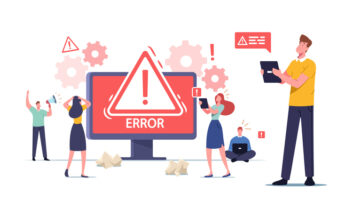
The international group RDS Forum, meeting in Switzerland, announced it plans an updated RDS standard, to launch in 2016. It said it hopes to establish this in collaboration with the NRSC RBDS subcommittee, with the goal of “a unified platform for FM broadcasting and data services worldwide.”
Radio World touched base with Alan Jurison, chair of the NRSC RDS Usage Working Group in the United States, to ask his observations about the effort.
Radio World: What would this standard do?
Alan Jurison: RDS2 is being developed by the RDS Forum, the mostly European organization that maintains the IEC version of the RDS specification. It proposes to add up to three additional data subcarriers at 66.5, 71.25 and 76.0 kHz in addition to the existing 57 kHz carrier. Many of the RDS2 features are to address some of the limitations of the original RDS specification (now referenced as RDS1). RDS2 allows for additional text string length in RadioText, which can be important. NRSC Report NRSC-R300 (“Program Associated Data Field Length Study”) found that it’s easy to exceed the current RDS1 64-character length when transmitting song title/artist/album text. RDS2 offers a length of 128 characters. There is also support in RDS2 for a basic station logo transmission. RDS2 will also have other applications which will be helpful in international markets with extended character sets and alternate frequency switching for lower frequencies.
RW: Why is higher transmission capacity important?
Jurison: The faster transmission capacity of RDS2 allows for improvement of the existing RDS experience, and for more services. For example, faster RadioText transmission rates would permit receivers to display the RadioText sooner and not be truncated as it might be under the existing RDS1 standard. The increased speed and character count would make analog FM RDS2 transmissions more comparable to HD Radio PSD or Internet streaming services on a descriptive, textual basis. Increased data rates also open the possibility of new applications, like the basic station logo, but also perhaps things that we have not envisioned yet. Internationally, the need for a data rate increase is significant to improve the transmission capacity of RDS-based traffic services, or RDS TMC. However, the need for the bandwidth for RDS TMC in the United States may not be necessary as both major national networks (Broadcaster Traffic Coalition [BTC] and iHeartMedia’s Total Traffic and Weather Network [TTWN]) are transitioning to HD Radio-delivered services. But in international markets, RDS2’s additional capacity could be very helpful for traffic message delivery, as HD Radio is not authorized in all countries.
RW: Will existing RDS receivers be compatible with the new format(s)?
Jurison: RDS2 is designed to be backwards-compatible with RDS1. Existing RDS1 units should continue to work with the original RDS1 57 kHz subcarrier portion of the RDS2 signal, but will not decode the three new RDS2 subcarriers being proposed.
RW: Has the NRSC been involved in this effort?
Jurison: The NRSC has a liaison relationship with the RDS Forum and has worked closely with that group over the years to maintain and better harmonize the two RDS standards documents (the IEC version in Europe and NRSC-4-B in the U.S.). NAB’s senior director, advanced engineering David Layer represented the NRSC at the recent RDS Forum meetings in Glion, and agreed to serve on the RDS Forum Working Group that will incorporate RDS2 into the standard.
RW: What action must be taken for this to become official?
Jurison: Following the RDS Forum meeting last week, the RDS Forum (working with the NRSC) will develop an updated draft version of the IEC RDS Standard which includes RDS2. That draft will then need to be approved by the IEC, the standards body that issues the RDS Standard.
RW: What else should broadcasters in the U.S. and elsewhere know about this right now?
Jurison: One of the points made during the RDS Forum meeting was that it’s important for broadcasters to express support for this improved technology so that chip makers and receiver manufacturers will be inclined to include it in their products. I expect that in parallel with the standards-development effort, the RDS Forum and the NRSC will be encouraging broadcaster interest and participation in this work.
